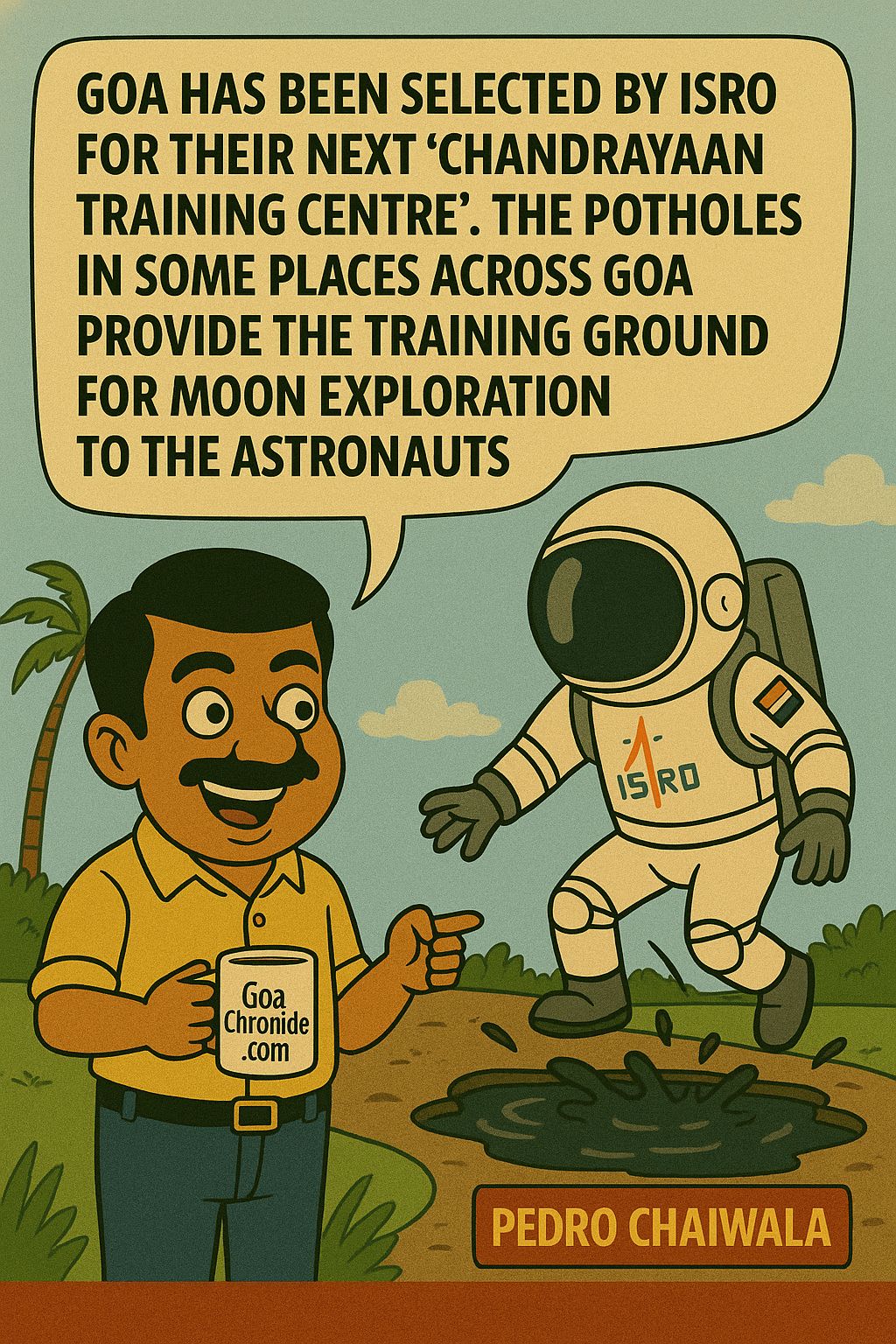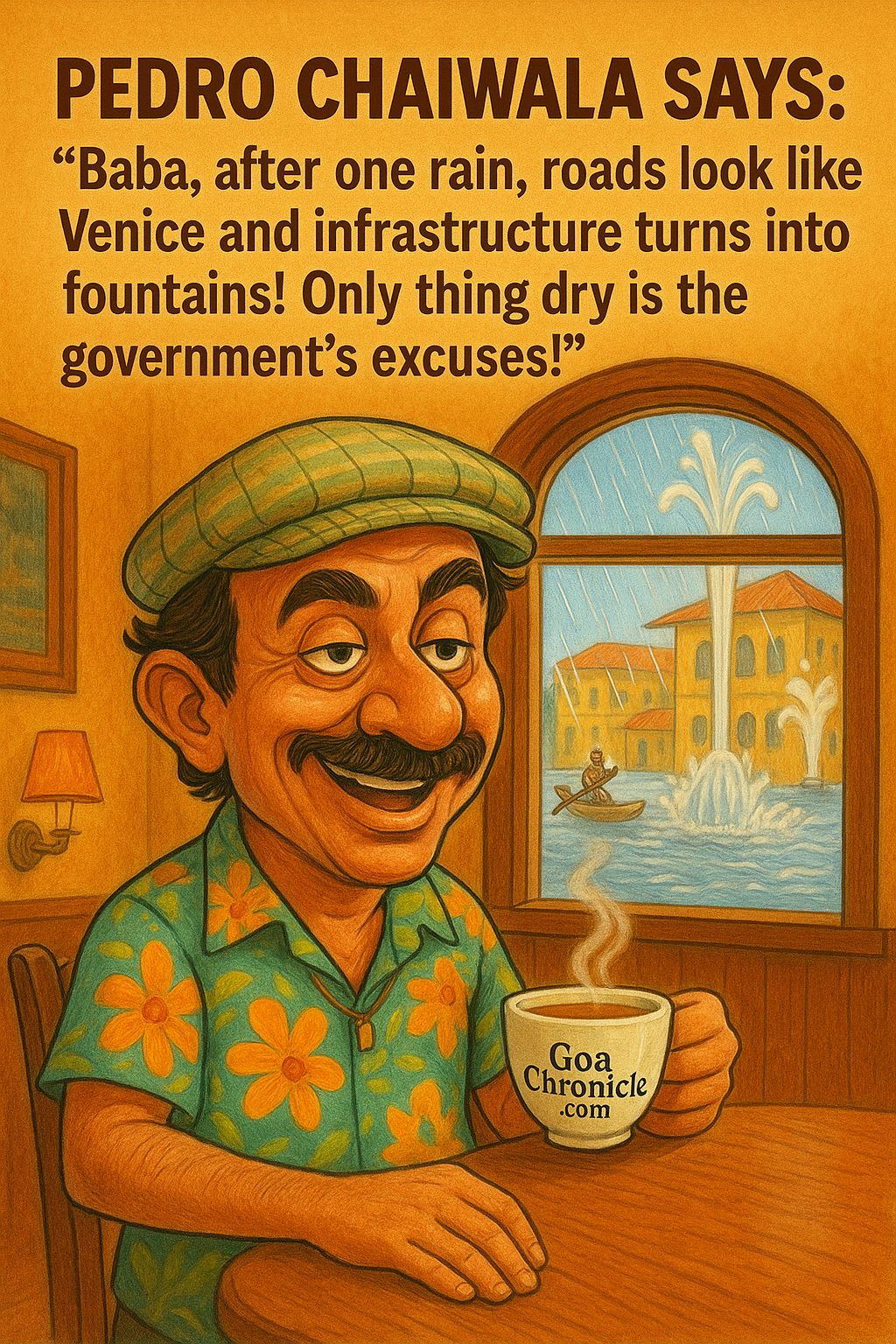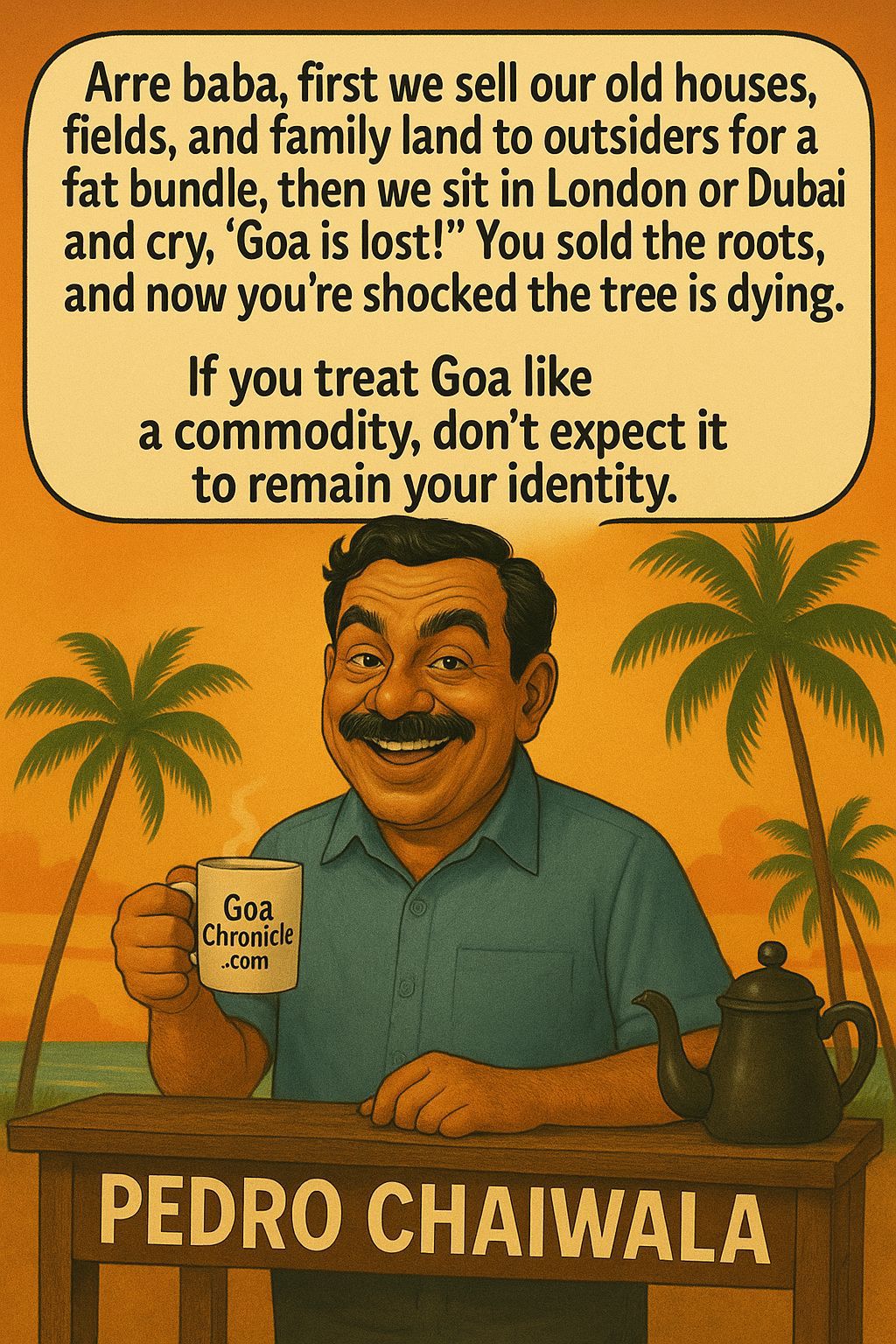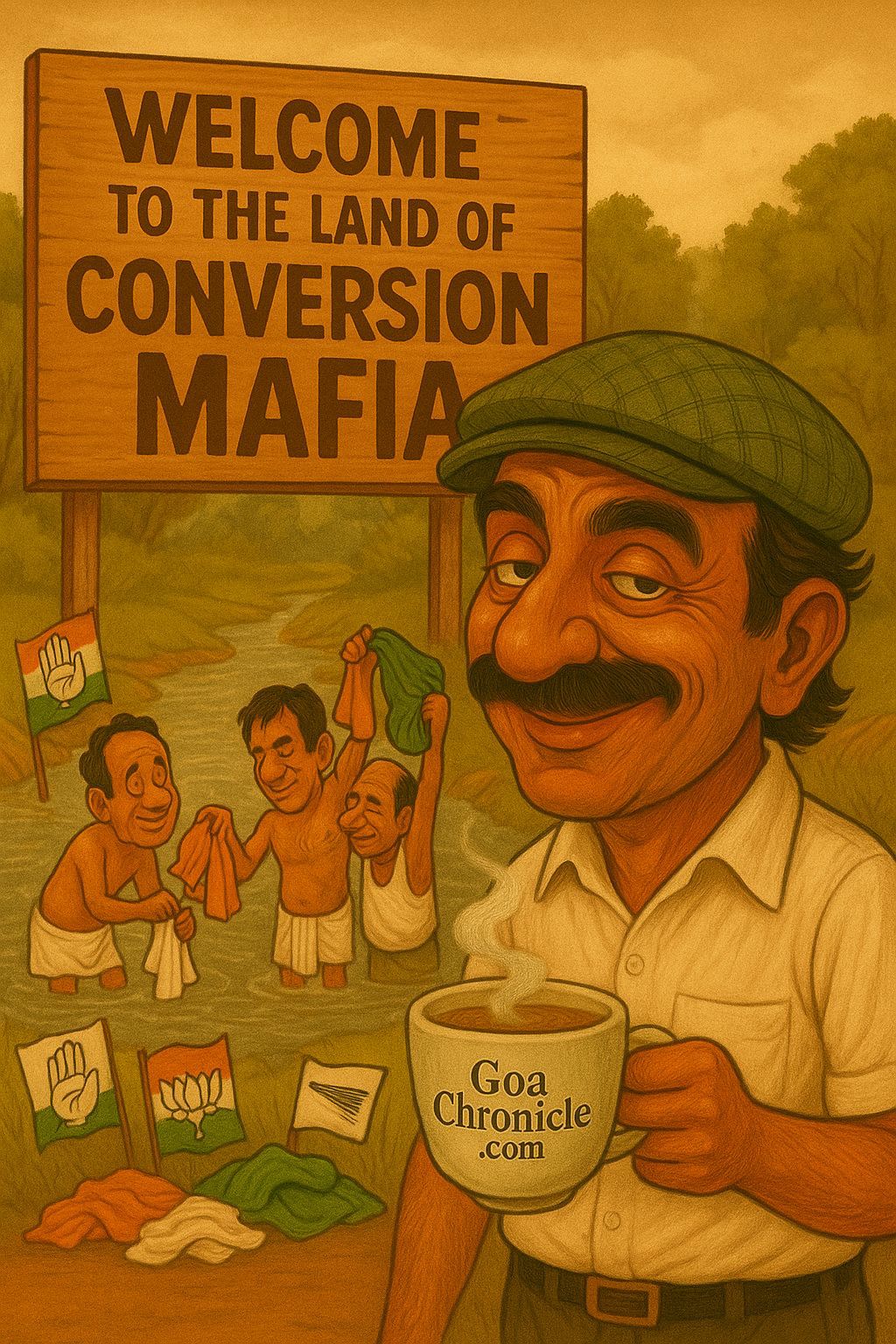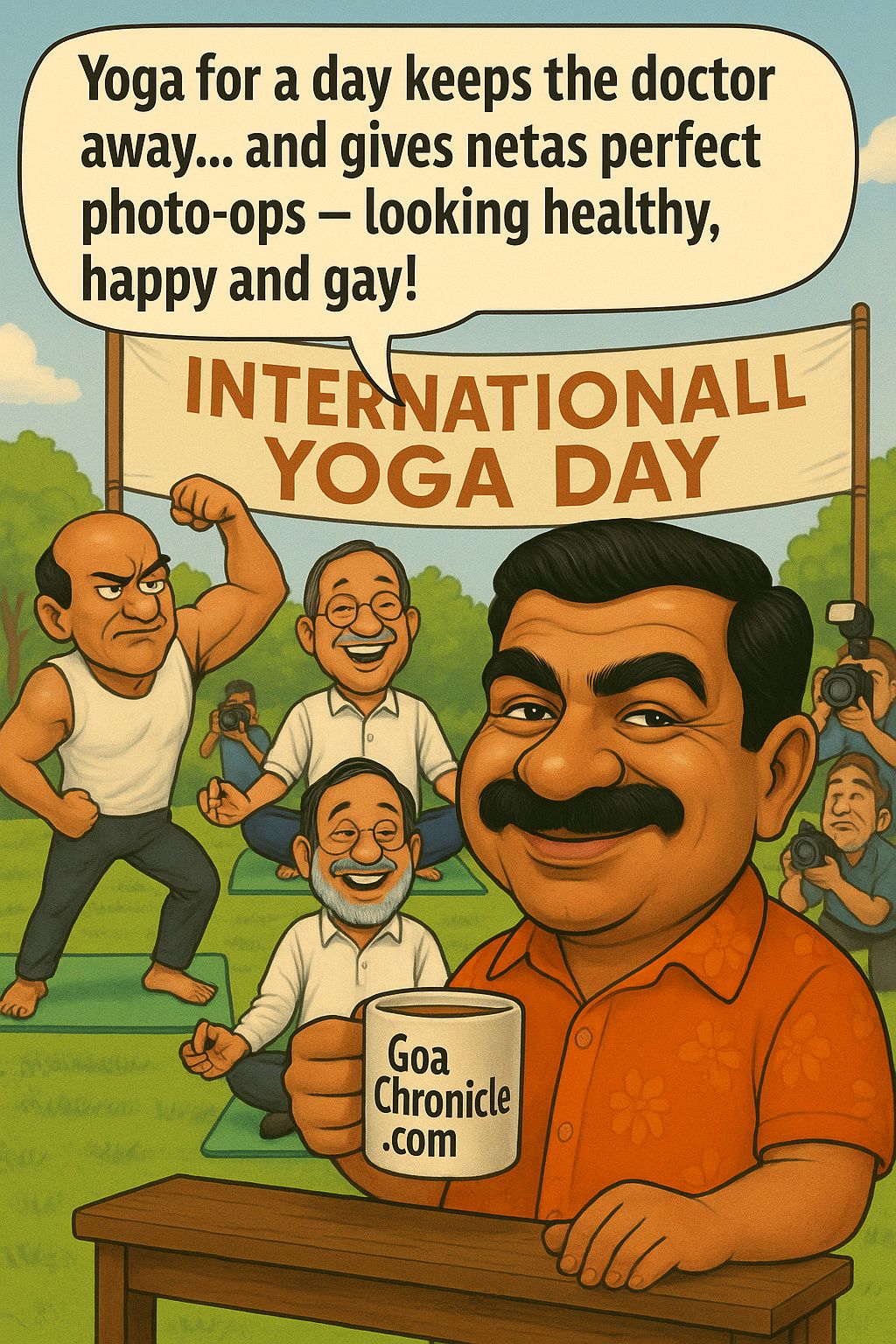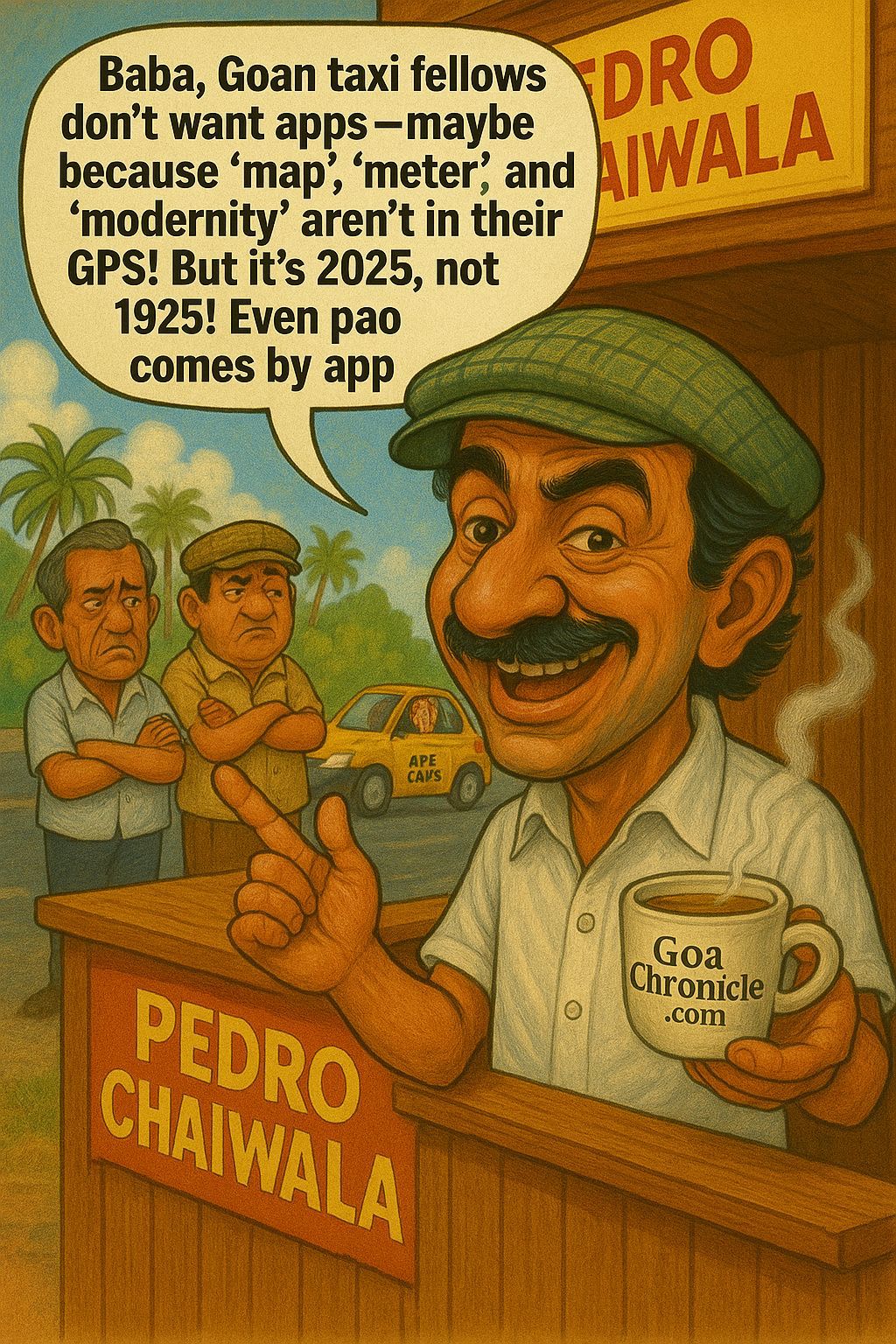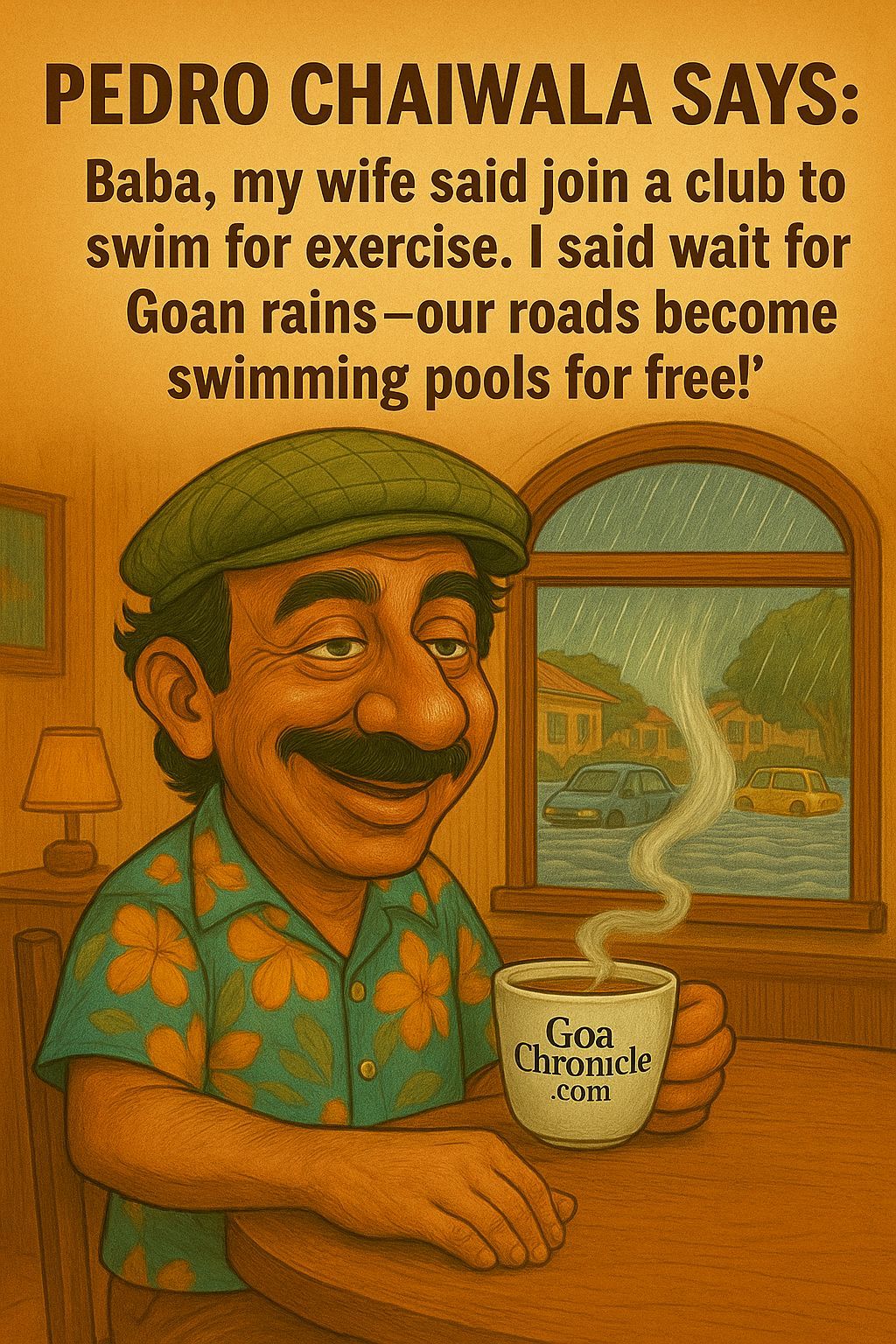This article would have remained unwritten had it not been for a quiet conversation with Rinku, a dear friend I’ve known since 1987. A thinker in his own right, Rinku had penned a compelling article on this very theme, Donyi‑Polo and its profound resonance with Sanatan Dharma. That piece, however, never saw the light of day in any publishing house. It was shelved, unseen, unread.
But as he shared it with me recently, it ignited something deeper, a sense of recognition. His words stayed with me like the echo of an ancestral song. This article, in its soul, is as much his as it is mine.
To Rinku, my heartfelt gratitude. For the inspiration, for the quiet persistence of thought, and for reminding me that some truths are worth reviving, even if they come softly, years later.
A Morning in Ziro, A Morning in Varanasi
The mist hadn’t yet lifted in the Ziro valley. As the gentle light of dawn seeped through the bamboo slats of a hut, 72‑year‑old Talo Yami stepped out with folded hands. She turned eastward, eyes fixed on the rising sun. “Donyi is watching,” she whispered. Her prayer wasn’t recited from a book. It came from her breath, her soil, her mother’s lap.
Thousands of kilometers away, in the ancient city of Varanasi, an old priest stood waist‑deep in the Ganga. As the first rays touched the water, he closed his eyes and chanted the Gayatri Mantra. His voice trembled, not from age, but from awe. “Let us meditate upon that divine Sun…”
Two people. Two places. Two ancient traditions. Yet, it felt like they were praying to the same sky.
The Sun as Mother, The Moon as Father
To followers of Donyi Polo in Arunachal Pradesh, especially the Adi, Apatani, Galo, Nyishi, and Tagin tribes, the Sun (Donyi) isn’t a ball of fire. She is Ma‑Donyi, the great mother. She nurtures crops, lights the path, and sees all. Polo, the Moon, is the quiet father, reflective, patient, and ever‑present in the night.
To a child growing up in a Sanatani home, Surya Dev is the giver of life. At dawn, mothers would ask their children to look at the rising sun and say, “Offer your day to him, he is your guide.” Chandra Dev, the Moon, governs peace, memory, and the tides of emotion.
The relationship with the cosmos in both these traditions isn’t scientific alone. It’s personal. The Sun is not a god one fears, it is a parent one trusts.
Truth Shines Bright: The Moral Compass
As a young boy, Lomi Apang was once caught stealing a mango. His grandfather didn’t scold him. He simply said, “You may have hidden it from me, but Donyi saw it.” That was enough. That simple sentence taught Lomi more about right and wrong than any law could.
In Sanatan Dharma too, morality isn’t enforced by punishment, but by karma. Every action leaves a trace. “Do good,” a mother would say, “because God watches. But more than that, your soul watches.”
Both systems offer a profound yet simple reminder: there is always a witness, whether you call it Donyi or Dharma.
The Ancestors Never Really Leave
In the hills of Arunachal, you’ll often hear the phrase, “Our ancestors walk with us.” Before every important decision, a harvest, a marriage, a hunt, offerings are made to them. Their wisdom, it is believed, lingers in the wind and echoes through the trees.
In Hindu homes, too, the names of ancestors are whispered during rituals. On Pitru Paksha, families offer food and water, not out of fear, but out of love. “You are because they were”, this belief binds both worlds.
The idea that death does not sever love, that life is a journey and not a destination, this quiet, spiritual continuity is shared deeply between Donyi Polo and Sanatan Dharma.
Nature is Not Outside You, It Is You
During a walk in the Siang Valley, an old Nyishi hunter once said, “We don’t go into the forest. We return to our mother.” Trees aren’t timber, they’re homes for spirits. Mountains are not just terrain, they are beings of power.
In Sanatan Dharma, every river is a goddess, every mountain a deity. People still touch trees before cutting them. Tulsi is worshipped not for its medical value, but because it is divine.
Donyi‑Polo and Sanatan traditions don’t see nature as separate from the divine. Instead, they teach that God isn’t in the sky alone, He and She are in every leaf, every stone, every gust of wind.
The Quiet Power of Simplicity
A Donyi‑Polo ceremony isn’t grand. In a bamboo shrine, the Nyibu (priest) chants from memory, offering rice, local beer, and meat to the spirits. There are no temples carved in marble. Just sincerity carved into daily life.
In a remote Sanatani village, a woman might light a lamp and offer flowers to a river. No priest, no ceremony, just a prayer from the heart. Both rituals are stripped of pretense and soaked in authenticity.
These are faiths rooted in lived experience, not theological argument. They believe in doing over declaring.
A Shared Vulnerability, and Strength
Neither Donyi‑Polo nor Sanatan Dharma believes in conversion. They don’t knock on doors or count followers. They ask only for truthful living, for reverence toward nature, and for love of one’s ancestors.
Perhaps that’s why both have faced erosion, from missionaries, modernity, and even forgetfulness. But they’ve endured. Not through crusades, but through continuity, of song, soil, and spirit.
A Personal Memory
A fellow armyman, posted in the Northeast during his military days, had the chance to sit with an elder from the Apatani tribe. They didn’t speak the same language, but they watched the sunset together in silence. The local offered him apong (local millet beer) and whispered, “She sets now, but watches still.”
It reminded me of my grandmother in Chandausi, who would often say, “Surya Dev sab dekhte hain.”
Two different worlds. Same light. Same faith.
Conclusion: Echoes Across Mountains and Millennia
When I wrote recently about what the Druze philosophy and Sanatan Dharma share in Goa Chronicle https://goachronicle.com/echoes-across-mountains-and-millennia-what-the-druze-and-sanatan-dharma-share/ , I shared how the Druze belief in the migration of souls (taqammus) mirrors Vedic ideas, and how both revere inner knowledge over dogma.
Today, I find the same spiritual echoes between Donyi‑Polo and Sanatan Dharma. It underscores a wider truth: Sanatan Dharma builds bridges, not walls, across time and culture.
From the mysticism of the Druze to the bamboo altars of Arunachal, the message is clear: the Sun might rise in different lands, but its light speaks the same language.
Perhaps, in that rhythm, lies the most ancient prayer of all :-
Let the Sun guide my eyes,
Let the Moon calm my heart,
Let my ancestors walk beside me,
Let the Earth know I loved her.






